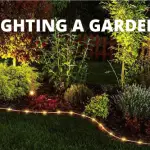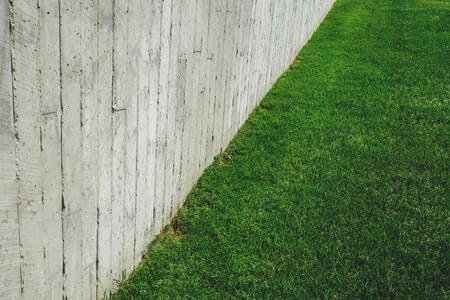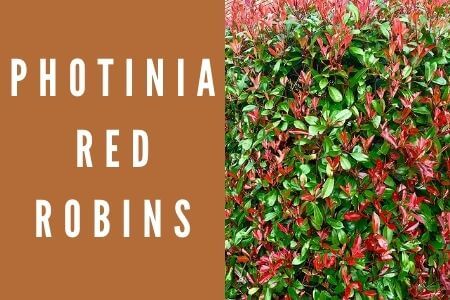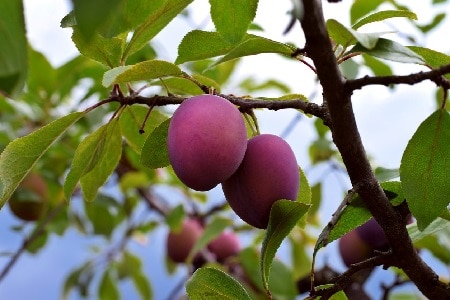Everyone has different reasons for starting a garden, whether it is for enjoying fresh fruits and vegetables or the joy of owning a beautiful outdoor space. The problem is that most people in urban and suburban areas find it hard to own a garden because they think their space is limited. This is an unnecessary worry because, with the right planning and design, you can maximize your space and turn that small garden into an amazing site with these 10 tips.
10 Tips For Gardening in Small Spaces
-
Grow Your Plants Vertically
No matter how small your space is, growing vertically works. Think of how you decorated your walls for Christmas and you will get it right. To begin, buy beautiful hanging pots and containers.
Fortunately, plants are of different forms and there are many crawling plants to pick from. If you want to grow vegetables, the vining tomatoes, cucumbers, grapes, squash strawberry plant and climbing beans can fit this requirement. There are also creepers like geraniums and star jasmine, both perfect for growing in a hanging basket.
-
Create a Beautiful Apparel
When choosing flowers, mix bright colours like red and yellow with lighter colours like white, blue, and purple. Flowers like lavender, hydrangea and lilies give your garden a large appearance.
You can also consider arranging small plants in a particular portion of your garden, as long as the plant shares the same requirements and they each possess distinct colours, a standout tone is certain. This method will also make your garden easier to maintain.
-
Fertilise Your Soil
Gardening in raised beds, container and gardening boxes need extra care and attention. Plants deplete nutrients from the soil at a fast rate, and failure to meet such pace will cause the plant to grow slowly.
Add compost and top-dress soil weekly, remember an organic soil will yield a healthy plant. You can also add worm compost, goat and chicken poop, compost tea, and Epsom salt[1] to enrich your soil.
-
Plant Suitable Companions
Some plants can be planted together and thrive to the fullest with this method. Your work here is to make sure plants sharing a pot or in close contact should have similar soil and moisture requirements, to prevent competition.
Radishes and carrots are good companion plants; with different harvesting times, you can maximize your garden’s potential. Tomatoes and lettuce are also a great companion planting combo; tomatoes can also be planted with some crops that prefer shades.
-
Plant in Raised Beds
This is an easy way to expand your garden space. Choose the right plants that grow out to cascade beautifully on the sides.
Raised beds come in different styles, so you have a wide selection range depending on your desired garden design. From milk crates and wood planks to truck tires and corrugated steel, you could go spontaneous by planting on an old bike. some raised beds are crafted with seating extensions, which saves you the space of benches/furniture.
-
Make The Right Selections
To maximize your garden space, it is crucial that you choose plants with species that could fit perfectly into a small garden, creating an illusion of a large garden and not a crowded mass of plants. To achieve this, plant shrubs flowers that can be easily controlled and scatter small flower plants on the edges. Your garden will appear big if there are no trees in the area; if trees are a must for you, it should not exceed one.

-
Consider Window Boxes
Window boxes, just like vertical planting, helps you conserve your ground space. If you are deciding on window boxes, pack them tightly to create an eye-catching view. Ensure you match the right colours and incorporate cascading species to portray a harmony between your home and nature.
Some herbs like basil, chives, cilantro, ginger, parsley, and thyme can be grown in window boxes; make sure the boxes have access to full sunlight and its fertilized often.
-
Grow High-yielding Crops
If you prefer a vegetable garden, focus on plants with high-yielding capacity. Plants like chard, radishes, tomatoes and courgettes fall into such category. While herbs with such properties are basil and mint – these plants are better sown in a pot than amidst flowerbeds.
Both categories can be harvested repeatedly during the growing season.
-
Use Containers/Pots
If you have a cemented space, plant your garden in containers or pots. Your plants won’t know the difference as long as the soil is nurtured regularly. For large plants, use half-barrels or large tubs, ensure the soil for planting is potting soil. Buckets, baskets, watering cans, wagons, old dressers, hollow tree stumps, old kitchen sinks and old wheelbarrows can also be used for planting.
-
Add an Element Of Décor
warm layered lights or lanterns are a sure way to add beauty to your garden. Furniture/benches can also transform your garden into an enjoyable spot for you and your family or friends.
Try to avoid ample seatings in that your space is limited, bistro furniture is lightweight and hardly consumes space; it is comfortable and adds an elegant aura to your garden.
Conclusion
No matter how small your space is, there is still so much you can achieve with your garden. With these pro gardening tips, gardening in small spaces will not deter your need to grow your favourite plants.
Glossary
[1] Epsom Salt – Link






